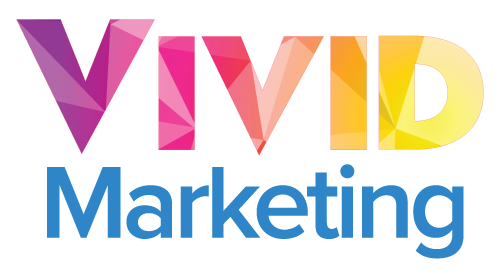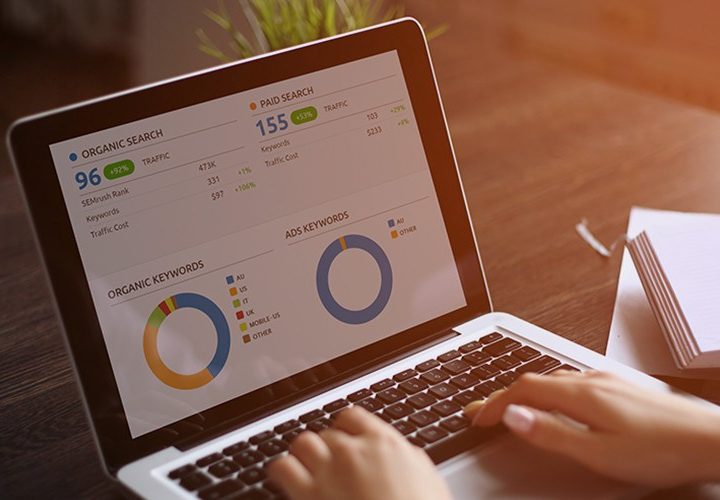

Facebook continues to dominate digital marketing strategies, and with good reason. As of April 2020, there are over 2.60 billion monthly active Facebook users and 1.73 billion of these people log on to Facebook every day (source: Facebook 29.04.20)! The opportunities Facebook provides are too big to ignore.
Facebook’s success is largely due to its exceptional targeting capabilities. Currently, there are no other paid advertising opportunities that allow you to target ads to such specific demographics such as 45-year-old women who live in Sydney and like Jamie Oliver.
However, Facebook ads are not beginner-friendly, and the huge range of ad options make it tough for business owners to get started. It’s too easy to get Facebook advertising devastatingly, completely wrong. I hear it all the time, “I’ve tried advertising on Facebook, but it didn’t work for my business.”
The first thing is to ensure that you’ve installed the Facebook Tracking Pixel to be able to measure the results of your ads. The pixel collects data to track conversions as a result of your Facebook ads, allows you to build targeted audiences for future ads and re-market to people who have been on your website.
1. Reset Your Expectations and Ad Campaign Strategy
The biggest mistake people make is running ads to people that have never heard of the business before, then sitting back and waiting for the sales to roll in. Most people do not scroll through Facebook with the intention of buying anything. We like to think that everyone who needs our product or service will automatically be interested when they see our ad, but it’s just not the case.
So, what should you do instead?
Cold Traffic Campaigns
Cold traffic ads are designed to introduce your brand to people who don’t know you yet. Offer something of value to these people, such as a simple download with content that relates to your business and the problems you solve for people. Facebook is a content-powered platform; you want to blend in and lead with content. This could be a checklist, whitepaper, article, video, free short course, workbook, guide etc.
The goal is to encourage people to show interest by redeeming the freebie, not to make an immediate sale. In saying that though, very low-value impulse products can sell via a Facebook ad, but that’s a whole other topic. Over time, the Facebook Tracking Pixel will get smarter, and you’ll be able to create a Look-Alike audience based on the common characteristics that respond to your ad.
Warm Traffic Campaigns
Warm traffic ads are designed to get the people who already know you (redeemed your freebie, visited your website, follow you, etc.) to join your email list, submit an enquiry or purchase from you. Use a time-sensitive incentive to encourage people to act, such as a discount, bonus, free shipping, training, discovery call etc. These people have already shown an interest in your brand, so you need to strike while they’re receptive. Your Facebook Tracking Pixel will continue to get smarter.
Hot Traffic Campaigns
Hot traffic ads are designed to remind past customers about you and encourage a new purchase or enquiry. This is an underutilised method to increase the frequency and lifetime value of customers. This strategy is great for up-selling or cross-selling your products and services, encouraging customers to spend more with you.
2. What is the Goal of Your Ad?
With a small budget, your goal has to be some kind of action taken as a result of seeing your ad, such as clicking through to your website. Think of this as a series of small actions or steps:
Step 1: Get their attention (e.g. so that they stop scrolling to look at your ad).
Step 2: Get them to read your ad text.
Step 3: Get them to click on your ad (refer to cold traffic campaigns above).
Not all website visitors will convert the first time they visit your landing page. Once they’ve clicked on your ad, it’s up to your website to continue the sales process, whether it’s to sign up to your email for free content, enter information into an enquiry form or to browse your products etc. Don’t ask for too much upfront – you just want potential customers to know who you are and leave them with a pleasant experience. You can then use re-targeting and a series of emails to encourage them to follow through with the sale.
On a side note: If you’re a new business, building brand awareness is important, but you can’t just buy followers – it’s meaningless. However, people will trust a brand more easily if they can see real people engaging with your ads. Build goodwill and demonstrate your brand’s personality by interacting with the people that comment on your ads – answer questions, acknowledge comments etc. This way you can also achieve brand awareness while focusing on meaningful actions.
3. Test Different Ads
This is true for every aspect of marketing strategy, but it’s doubly true for any strategy that puts your money on the line: test, test and test again. The fear most business owners have when it comes to testing different Facebook ads is that it’ll be more expensive, initially, yes, it is. However, think about the potential lost revenue if you don’t test and find the ad (or ads) that really work.
Customers will respond differently to the ad campaigns you run. Unless you test, how do you know if your customers will love it? Test the images you use in your ads, your specific call to actions, your headline copy, your offers, your targeting approaches and even your landing pages.
4. Thoughtfully Choose Your Targeting
Using targeting appropriately to find the audience that is primed to respond positively, rather than displaying your messages broadly to Facebook users who don’t care. You need to know your target audience really, really well. Getting to know your ideal customer intimately is a basic skill that will serve you well in every aspect of your business, specifically when you are trying to reach, engage and connect with this person.
This is the biggest mistake I see business owners make with Facebook. They simply don’t understand who this person is, where they hang out or what their needs and desires are. When you know exactly what your ideal customers’ wants, needs, fears and interests are, you can really tailor a campaign that talks directly to them. Consider:
- Demographics: age and gender
- Geography: location and language spoken
- Likes and interests: topics, websites and other Facebook pages
- Connections: include or exclude people based on connections to your profile
- Education
- Relationship status
If you’re getting a low engagement with your campaigns, try adding further targeting criteria one at a time to increase your accuracy. You also need to give Facebook a few days to gain traction as it will begin to recognise who is responding and find more of those people.
5. A Picture is Worth a Thousand Words
Choosing an image that captures a person’s attention quickly is half the battle to getting the click. Experiment with different eye-catching images, lifestyle images tend to work better.
You also need to ensure your image is correctly sized for the ad. Otherwise, it may display strangely. Some ads will require a square image and others will require a rectangle shape.
Also, don’t overlay text on the image as text-based images don’t reach as many people compared to those with no text. If your image has too much text, Facebook will reject your ad. Save time on rejected ads by avoiding text or keeping it to a minimum.
So now it’s over to you, the best thing you can do is stop reading and start doing.
The faster you can test and learn what works and what doesn’t, the faster you can start growing your business through Facebook ads.


